PDF-Choose rightbuckle right
Author : debby-jeon | Published Date : 2016-02-24
Choose the right child restraintto suit your child146s age and sizeFebruary 2010RTAPub 10031Cat No 45094746
Presentation Embed Code
Download Presentation
Download Presentation The PPT/PDF document "Choose rightbuckle right" is the property of its rightful owner. Permission is granted to download and print the materials on this website for personal, non-commercial use only, and to display it on your personal computer provided you do not modify the materials and that you retain all copyright notices contained in the materials. By downloading content from our website, you accept the terms of this agreement.
Choose rightbuckle right: Transcript
Download Rules Of Document
"Choose rightbuckle right"The content belongs to its owner. You may download and print it for personal use, without modification, and keep all copyright notices. By downloading, you agree to these terms.
Related Documents

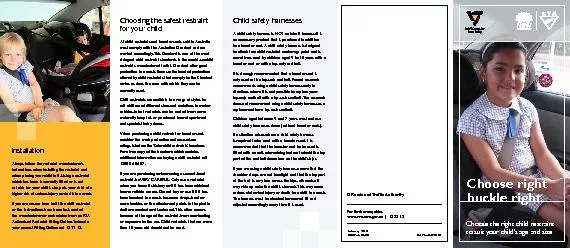
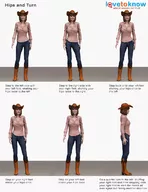
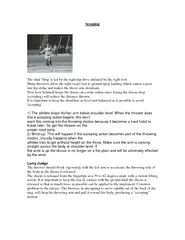

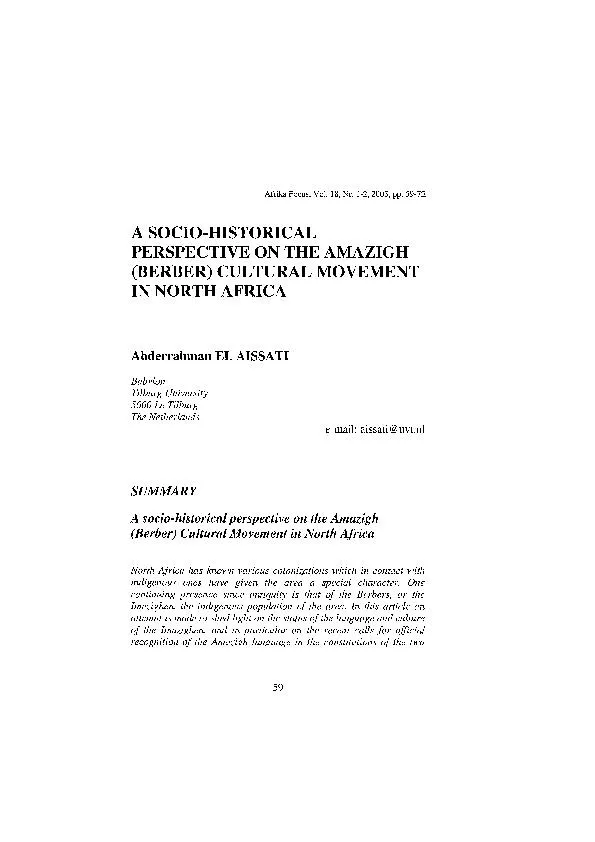
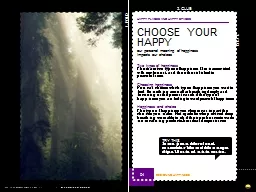
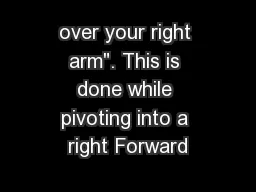
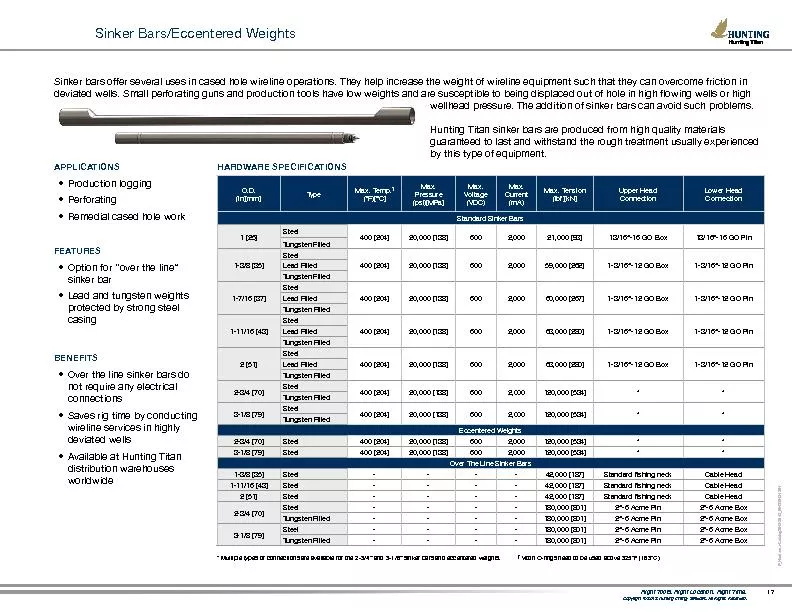
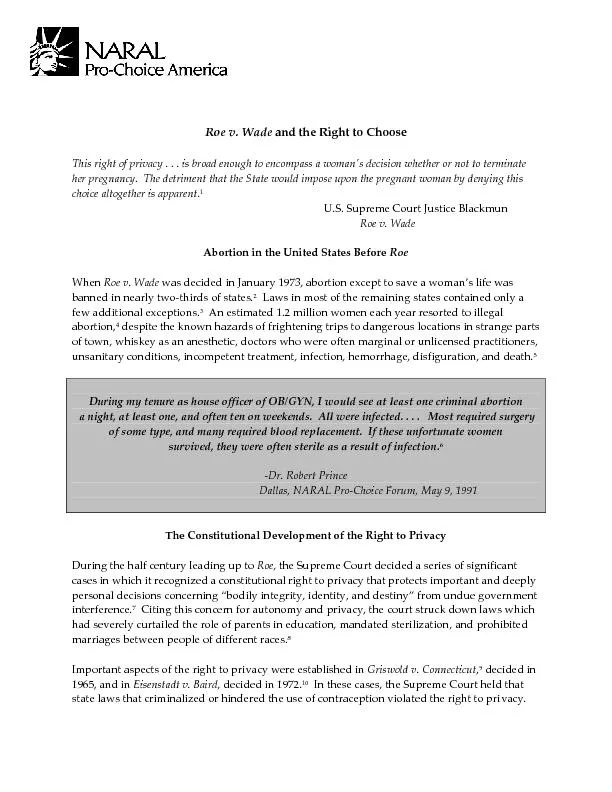

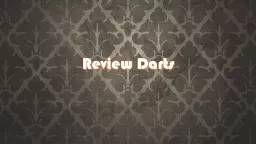

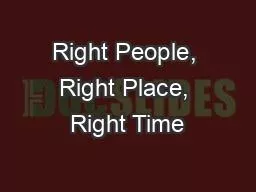
![[DOWNLOAD] - Choose the Right College and Get Accepted: How to Choose the Right College](https://thumbs.docslides.com/902895/download-choose-the-right-college-and-get-accepted-how-to-choose-the-right-college-and-get-into-your-dream-school.jpg)